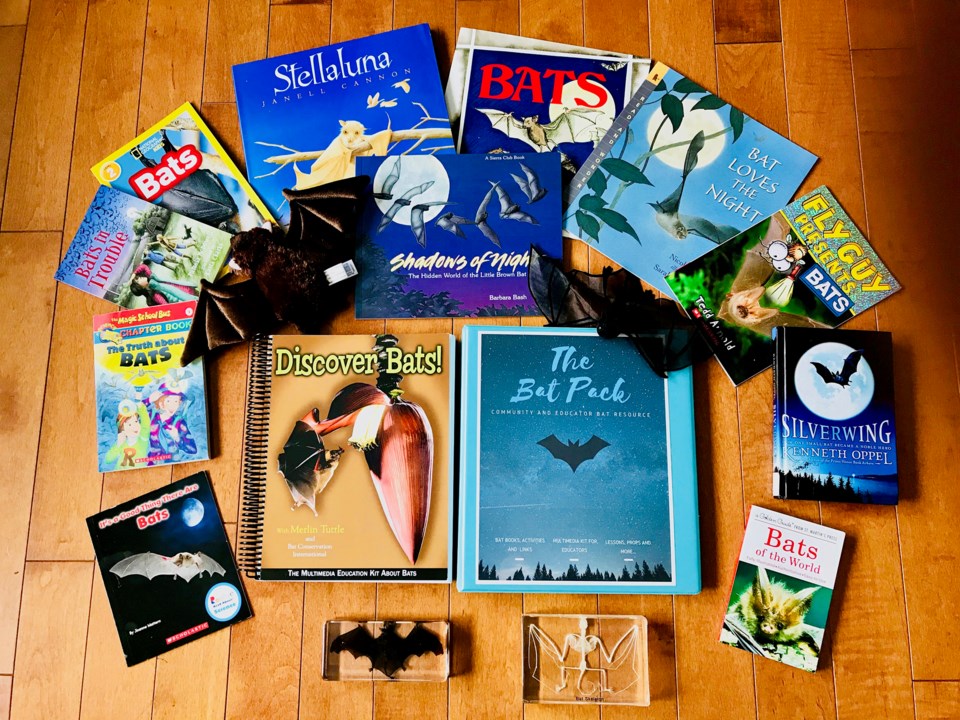As Halloween approaches and bat decorations appear, bat enthusiasts around B.C. are celebrating and supporting real bats by participating in International Bat Week (Oct. 24 to 31).
Bat Week is all about appreciating these amazing animals and their benefits, from eating insects to pollinating the agave plant used to make tequila.
Often feared due to misconception and myths, bats are given a bad rap. Bat Week aims positive light on bats. Bats play key roles in our environment and provide many benefits to humanity.
Their behaviour and adaptations help with:
Development of technology: radar, sonar, ultrasound
Medical advancements:blood clot medication, low temperature surgery
Pest control: one bat can eat over 1000 insects in a night
Pollination:bats pollinate over 500 plants worldwide
Nutrient cycling:bat guano makes a great fertilizer
Food securities:bats spread seeds of over 300 fruits worldwide.
Take a moment to learn about the many ways bats contribute to our lives. Research bats online or read a book about bats. Find out what you can do locally for bats, at www.batweek.org, orthrough the BC Community Bat Program at www.bcbats.ca. There are many ways you can participate and support bats: host an educational event, help restore a wetland, garden for bats, learn about bat-friendly lighting, or prepare your bat box for next spring.
“Bats in B.C. help control agricultural and forest pests, as well as mosquitoes in our yards - but now bats need our help,” said Danielle Dagenais, Regional Coordinator for the BC Community Bat Program, Metro Vancouver-Squamish area. “The conservation of bats in B.C. has always been important, since over half the species in this province are considered at risk. With the continuing spread of White-nose Syndrome in Washington State, bat conservation is more important than ever as we expect to see impacts in B.C. in the near future.”
Bat Week is also the time to say ‘so long’ to bats in our neighbourhoods, until the return of insects with the warmer weather in spring. As insect-eaters, B.C. bats must leave their summer roost sites and migrate or hibernate to survive the winter. This absence means that this is the time of year to do home renovations that you have delayed due to bat presence. You can clean out and repair a bat box, or do bat-friendly exclusion work, without disturbing or injuring bats.
If you do see a bat in winter, please report it. Monitoring for White-nose Syndrome in BC will continue this winter, with Community Bat Programs requesting reports of dead bats or sightings of winter bat activity starting just after Bat Week, on Nov. 1 at www.bcbats.ca, [email protected], or 1-855-922-2287 ext. 11.
In partnership with the BC Ministry of Environment, and funded by the Habitat Conservation Trust Foundation, Forest Enhancement Society of BC, Habitat Stewardship Program, the BC Community Bat Program provides information about bats in buildings, provides information and assessments of bat boxes, coordinates the pickup of dead bats, and offers educational programs on bats.



